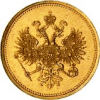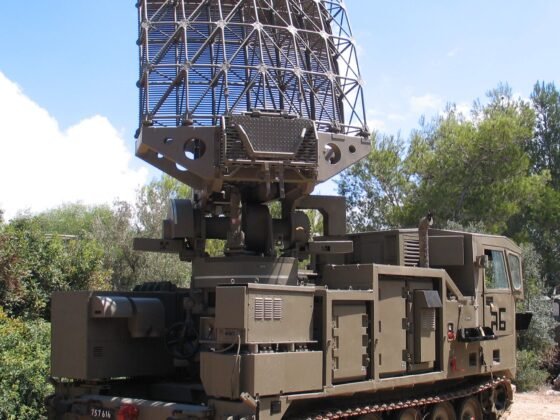In Russia, conspiracy theories involving clandestine and sinister external actors are widespread. Many of these theories are geopolitical in nature, involving antagonism toward Russia because of its vast territory and natural resources. Other theories are underpinned by Russia’s differing Orthodox civilization. To a large extent, these theories replace the concept of “international class struggle,” which was once a Soviet mainstay justifying the inevitable confrontation between the Soviet Union and the West. Alarmingly, many of these new theories have permeated Russia’s education space, where they are intended not only to shape knowledge but to secure the political loyalty of Russia’s youth.
In this memo, I analyze this phenomenon by examining textbooks on “geopolitics” used in Russian universities. Using the Russian State Library online catalogue, I identified 86 such textbooks written by 61 authors, then reduced the list to works by 44 of them. I analyzed the books’ educational context, assessed the prevalence of conspiracy theories within them, and categorized the most prominent. I found that approximately half the authors of these textbooks resort to conspiracy theorizing.
Most geopolitical textbooks that include conspiracy theories portray the United States as the primary conspirator against Russia and, accordingly, as a threat to Russia’s existence, independence, and territorial integrity. Other conspirators cited include China, Germany, and Japan, as well as certain “alliances” of states in international organizations and the Muslim world. Beyond risks to Russia’s territorial integrity, some theories outline support for ethnic and/or religious separatist movements in and around Russia. Since the mid-2000s, many textbooks have also denunciated a supposed “fifth column” inside Russia.











